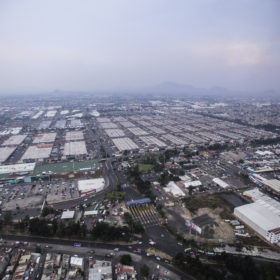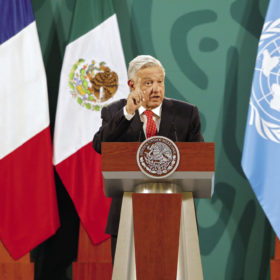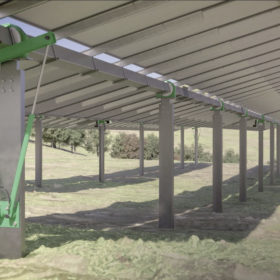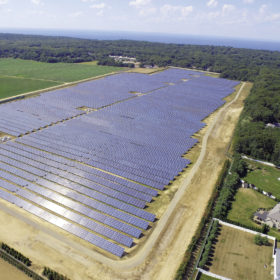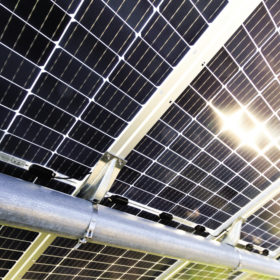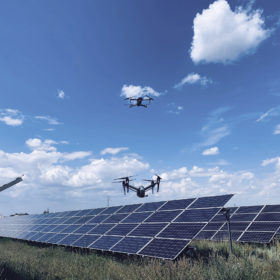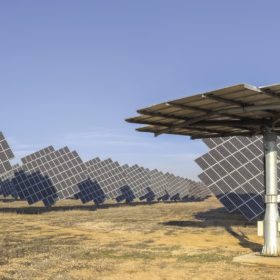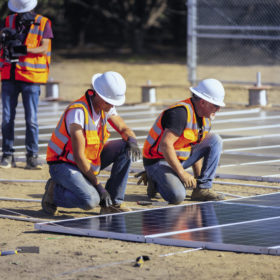‘Nervous but calm’ – Chile’s crucial election looms
Chile continues to lead the energy transition in Latin America, but international investors are nervous. The pandemic is subsiding, thanks to a vaccination rate close to 80%, and energy demand is showing signs of recovery. However, the political landscape still has investors on edge, reports Luisa Cabello.
Distributed generation powers Mexican PV
Distributed solar generation continues to be the sole growth factor for renewable energy in the Mexican market. Despite some large project announcements in recent weeks, other segments have slowed down under new regulatory conditions, with the administration of President Andrés Manuel López Obrador continuing to favor fossil fuels.
Mexico’s big green chill
Although Mexico is a country bathed in sunshine, the administration of President Andrés Manuel López Obrador and his Morena Party have unequivocally pivoted from the pro-renewables, private investment-friendly policies of their predecessors in the space of just two and a half years. As a result, renewable energy investment has frozen, particularly for projects that involve private capital, argues attorney and project developer Patrick C. Jordan.
Just add more mettle
The resilience of a solar installation significantly depends on its ability to withstand the effects of wind. John Fitzgerald Weaver, a regular contributor to pv magazine USA and a solar installer based in Massachusetts, presents 13 options with cost considerations for storm-hardening PV systems.
Hail cracks
Solar parks face a real threat from hail damage, both to installed hardware and bottom lines, as the risks have become uninsurable. Tim Sylvia of pv magazine USA explains how hardware tests show that certification is falling behind, and looks at the technologies that are being used to reduce damage.
Big enough, already
Large-format solar modules are big in size, big in promise, and a big topic on the minds of many. Aaron Hall, president of Borrego, outlines his company’s experience with larger modules and explains the advantages and potential pitfalls.
Enhanced standard for monitoring
An update to the IEC 61724-1 standard for PV monitoring systems has been published. Bifacial performance ratios now fall under scrutiny with these maturing standards, writes Christopher West, who heads the central solar and storage engineering team at Norwegian state-owned utility Statkraft.
Game of drones
Drones have already established themselves in industries as disparate as warfare, wedding photography, and burrito delivery, and increasingly the solar sector is taking the high road, too. Combined with thermal imaging, drones have the potential to obviate expensive maintenance costs for large-scale solar plants, as well as C&I and growing niches like floating PV. But how useful are they, and what role does AI play in making the most of a bird’s eye view?
Revamping complexity
Revamping, or plant modernization, is starting to come into vogue in some mature PV markets, and asset managers are beginning to rethink their operational strategies. Asier Ukar of PI Berlin details the strategic considerations, benefits, and risks of investing to extend the life and boost the returns of a solar asset.
Bringing costs down to earth
Rising efficiencies and the plummeting cost of solar modules over the past few years, recent months notwithstanding, are leading innovators toward ideas that may look unusual in the current tracker-dominated world of large-scale solar parks. Advocates of the new approaches argue that they leave traditional models looking decidedly flat by comparison.
